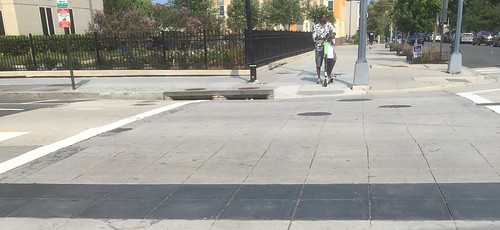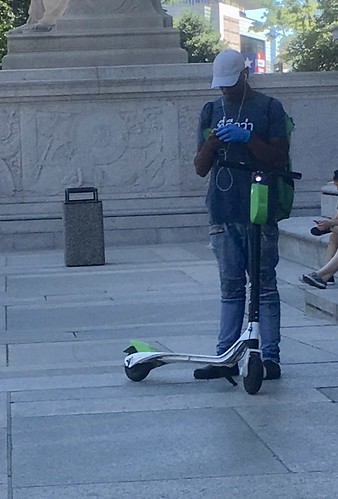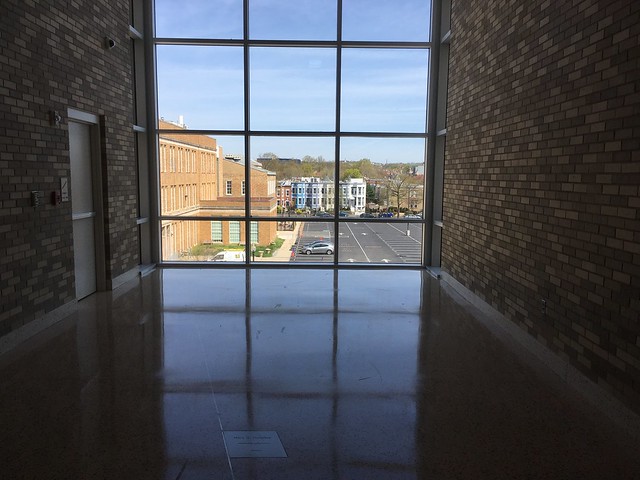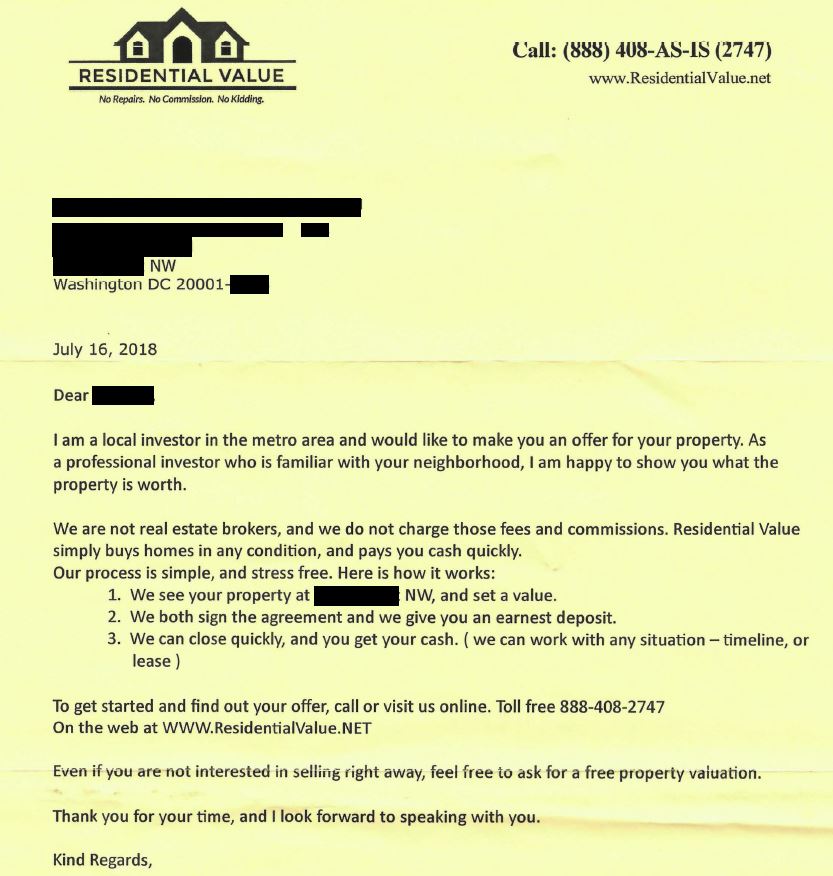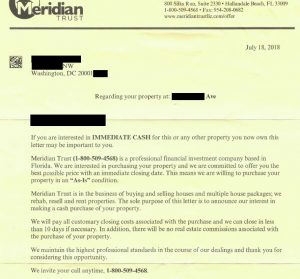Fitness is the Focus during #SweatInShaw Studio Crawl, 09/16/18
September 4, 2018–Washington DC- DC’s booming Shaw Neighborhood is well-known for its bustling culinary and cocktail scene and is also a hub for entertainment, with anchors such as the Howard Theatre and 9:30 Club. In recent years, the steady growth of residential development has prompted an influx of health and wellness options diversifying the neighborhood’s offerings and adding balance for residents and commuters. #SweatinShaw, an upcoming neighborhood promotion, provides a chance to explore many of the wellness options available in Shaw in one afternoon. The event features a “studio crawl,” day of pampering and fitness swag. #SweatInShaw will showcase the neighborhood’s fitness studios, promote a well-rounded fitness routine, and identify multiple options to fit individual goals; specifically, in preparation for transitioning fitness routines from summer to the fall and holiday seasons.
The event will take a place on Sunday, September 16, 2018 from noon-4:00 pm. #SweatInShaw attendees will choose a “Sweat Track” (Strength, Core, Sculpt, Stretch) which consists of three classes for the afternoon from the seven participating businesses. Attendees will check in at the #SweatInShaw Zen Lounge powered by M.Y. Lifestyle, located at The Colonel (1250 9th Street NW). M.Y. Lifestyle is an experiential marketing and event firm whose motto, “Own It. Love it. Live it. It’s Yours.” is brought to life through fitness and lifestyle events, as well as youth coaching and mentoring.
At the #SweatinShaw Zen Lounge, guests will receive brunch featuring salads from CAVA in Shaw, continental breakfast from Buttercream Bake Shop, spritzers by Zurena, facials and a DIY clay mask bar for individual skin types by Skin Scholars, plus complimentary massages amidst relaxing music and rooftop views. A $75 #SweatInShaw ticket grants access to all the above.
Participating wellness studios offering classes during #SweatInShaw include:
· Urban Athletic Club: Premier strength and conditioning facility (804 N Street NW)
· The Yoga Shala: Ashtanga, Hatha, and Vinyasa Yoga (1550 7th Street NW)
· District Pilates: Private and group classes using Peak Pilates Reformers and Chairs (1302 9th Street NW)
· Reformation Fitness: TRX/FIT, Beat Bike, Pilates, H.I.I.T., Group Reformer, Yoga (1218 9th Street NW)
· Fuel Body Lab: Pilates, Barre, Tabata, Trampoline, Group Reformer. (1228 Blagden Alley NW)
· Off-Road DC: Bike. Box. Build. (905 U Street NW)
· Solidcore: Pilates classes intensified (1821 7th Street NW)
Recap: $75 includes three classes from participating fitness and wellness centers on September 16, 2018 from noon-4:00 pm, along with relaxing music, brunch bites, spritzers, massages, facials plus workout and wellness swag at the #SweatInShaw Zen Lounge. Tickets available at:
SweatInShaw.Eventbrite.com
About Shaw Main Streets
Shaw Main Streets was established in 2003 to encourage and support economic revitalization and historic preservation along the 7th and 9th Street, NW commercial corridors. The organization has attracted and supported over 350 new businesses to the central Shaw commercial district, resulting in the creation of thousands of new permanent jobs. Nearly $3 Billion in commercial and residential development have been facilitated by Shaw Main Streets’ efforts. Shaw Main Streets won the 2016 Great American Main Street Award from the National Trust for Historic Preservation’s National Main Street Center. Shaw Main Streets has developed two mobile apps promoting neighborhood businesses, DineinShaw and ShopinShaw, available for both the Android and iphone platforms. Shaw Main Streets is a designated DC Main Streets program and is funded in part by the Department of Small and Local Business Development, Muriel E. Bowser, Mayor. For more information, visit www.shawmainstreets.org.
 If anyone can find or recreate the Washington DC redline map, that would be helpful, because no one seems to have it. There is a project to map restrictive racial covenants, but those seem to be a small amount of DC housing, rather than the majority. The image here is the distribution of African Americans or Negroes, in DC in 1930, so probably close enough to a redline map.
If anyone can find or recreate the Washington DC redline map, that would be helpful, because no one seems to have it. There is a project to map restrictive racial covenants, but those seem to be a small amount of DC housing, rather than the majority. The image here is the distribution of African Americans or Negroes, in DC in 1930, so probably close enough to a redline map.

